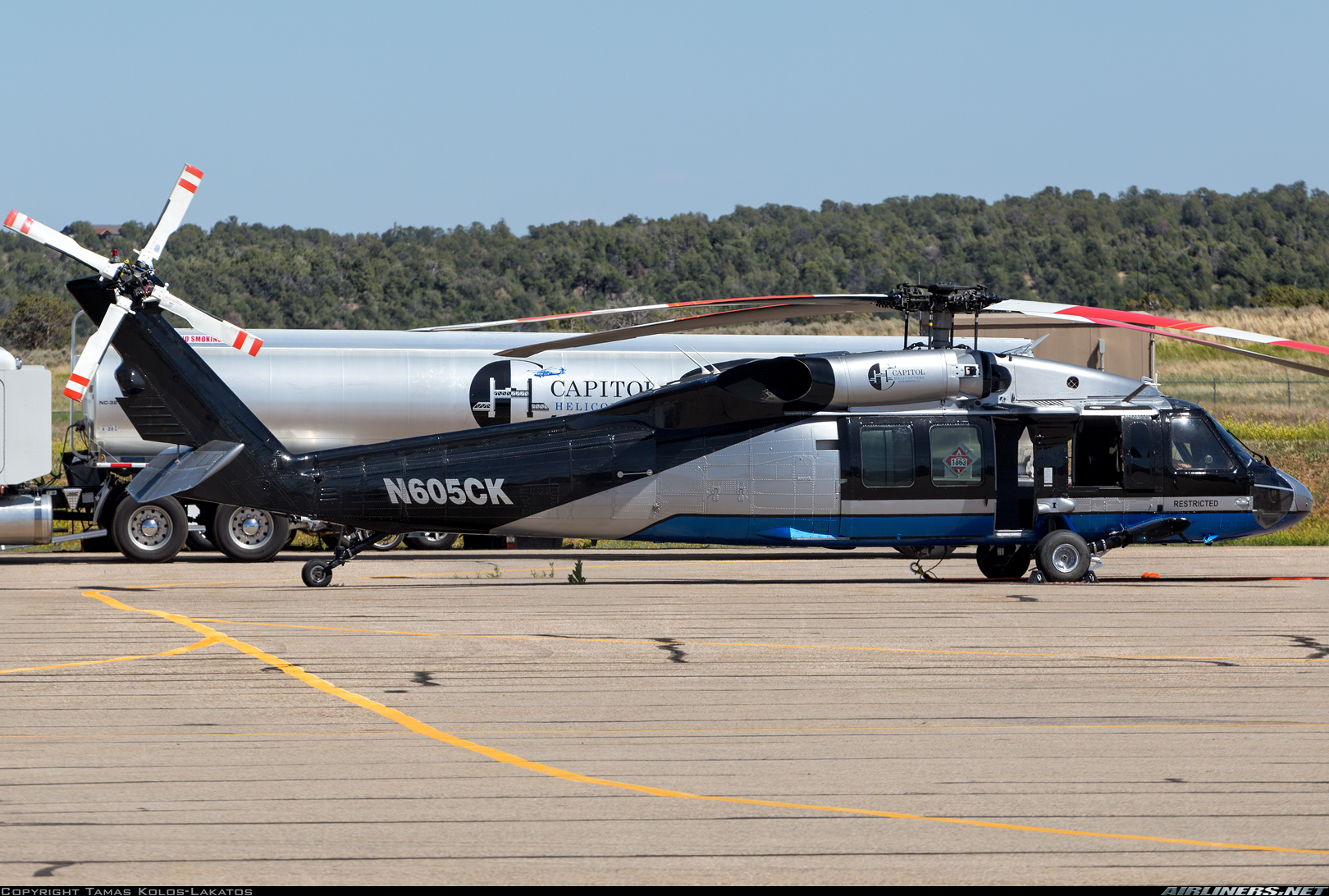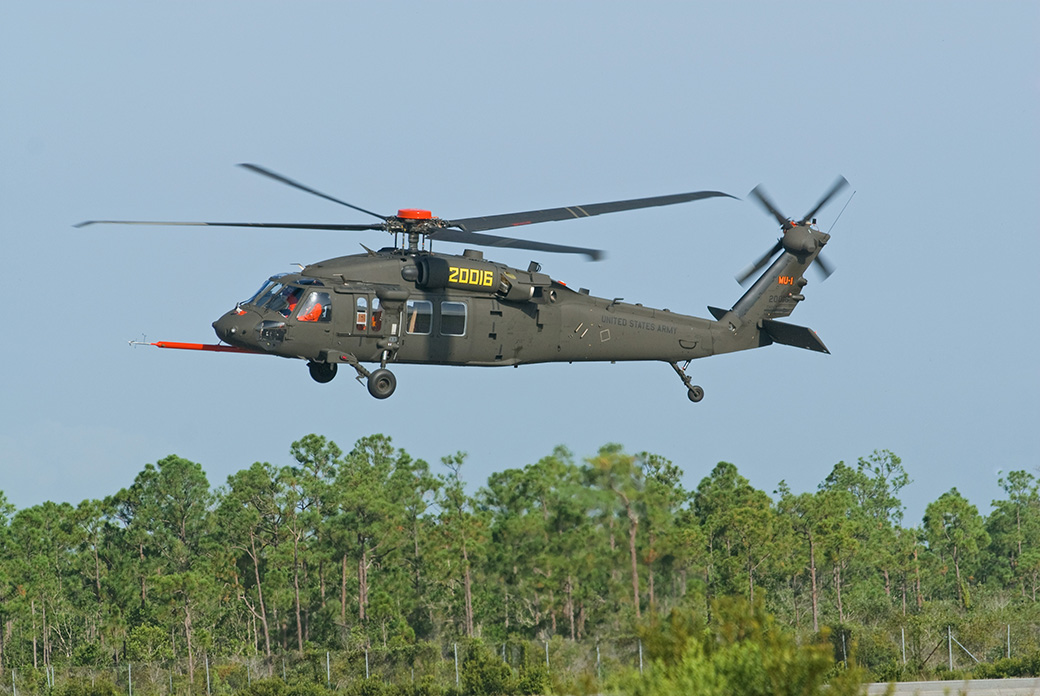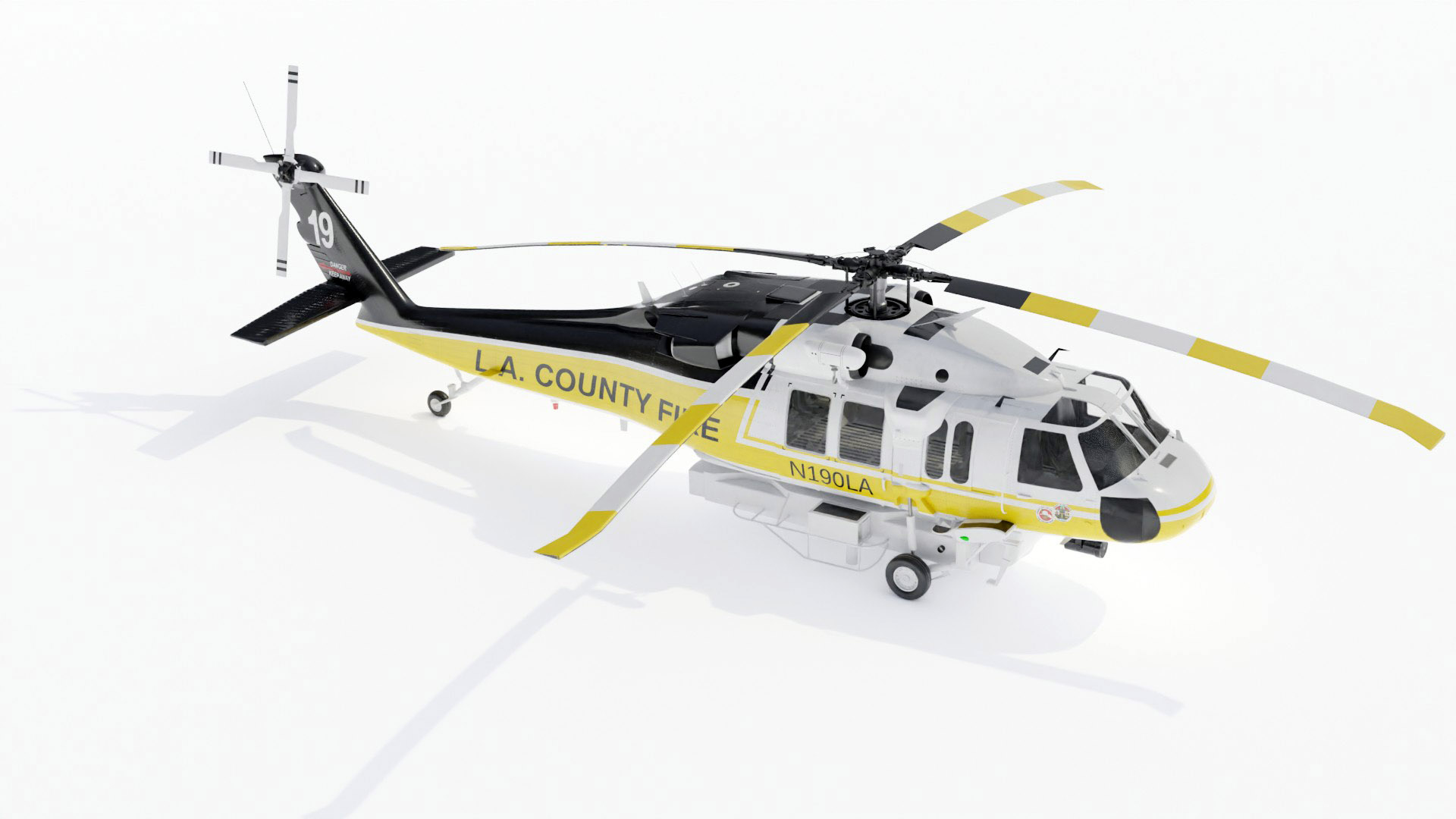A Look at the Sikorsky S 70's Role in Military and Civil Aviation
A Look at the Sikorsky S 70's Role in Military and Civil Aviation
Blog Article
High-Performance Multi-Role Rotorcraft Featuring Advanced Cabin Technologies and Integrated Sensor Systems
The world of rotorcraft innovation has actually seen remarkable innovations in current times, particularly in the world of high-performance multi-role rotorcraft equipped with advanced cabin innovations and seamlessly integrated sensing unit systems. In the following conversation, we will check out the development of rotorcraft technology, dive right into the world of innovative cabin innovations, and take a look at the implications of integrated sensor systems on the operational convenience and efficiency of contemporary rotorcraft.
Development of Rotorcraft Technology
The development of rotorcraft modern technology has been marked by substantial developments in aerodynamics, products, and propulsion systems, forming the capabilities and performance of contemporary rotorcraft. Aerodynamic enhancements have actually enhanced the efficiency and maneuverability of rotorcraft, permitting boosted rate, dexterity, and security throughout trip (sikorsky s 70). Innovations in materials, such as the usage of composite materials and advanced alloys, have led to lighter yet stronger rotorcraft structures, improving general performance and longevity. Additionally, developments in propulsion systems, including much more effective engines and cutting-edge propulsion technologies, have actually allowed rotorcraft to attain greater elevations, faster rates, and greater payloads.
These developments have not just transformed the capabilities of rotorcraft yet have actually additionally broadened their applications across numerous sectors, consisting of armed forces, commercial, and emergency situation solutions. The continual evolution of rotorcraft innovation proceeds to drive innovation in the area, pushing the borders of what is feasible and forming the future of vertical trip.
Advanced Cabin Innovations
Structure upon the foundational advancements in the rules of aerodynamics, products, and propulsion systems, the realm of rotorcraft technology now shifts emphasis towards introducing Advanced Cockpit Innovations. The assimilation of sophisticated innovations within the cockpit atmosphere plays an essential duty in improving the operational abilities, safety and security, and performance of contemporary rotorcraft. sikorsky s 70. Advanced Cabin Innovations encompass a large selection of functions designed to offer pilots with enhanced situational recognition, streamlined data monitoring, and intuitive control user interfaces
One of the crucial advancements in cockpit design is the application of glass cabins, which change standard analog determines with high-resolution display screens. These electronic systems use adjustable designs, real-time information combination, and improved readability, allowing pilots to gain access to crucial info at a glimpse. Furthermore, advanced avionics systems, such as fly-by-wire controls and increased reality display screens, are revolutionizing exactly how pilots engage with the airplane, enabling precise control and enhanced decision-making capacities.


Incorporating advanced cabin technologies not just enhances pilot efficiency however also adds to total objective effectiveness and safety in complicated operational environments. By leveraging state-of-the-art innovations within the cockpit, rotorcraft manufacturers are setting new standards for functional excellence and objective success.
Integrated Sensor Equipments
With the development of rotorcraft technology, the combination of advanced Integrated Sensing unit Systems has actually become vital in enhancing functional efficiency and safety and security. These Integrated Sensor Equipments encompass a large range of innovations that provide essential data for numerous functions such as navigating, surveillance, targeting, and environmental tracking. By seamlessly integrating sensing units like radars, cameras, lidar, and infrared systems into rotorcraft, operators can gain from boosted situational awareness, improved objective capacities, and decreased pilot workload.
One trick benefit of Integrated Sensor Equipments is their ability to gather real-time information and supply workable understandings to pilots and mission operators. Progressed radar systems can spot and track targets over long ranges, enabling for early danger discovery and reliable action preparation. Additionally, integrating infrared and electro-optical cameras allows rotorcraft to carry out reconnaissance and monitoring objectives with precision and accuracy.
Basically, the combination of sophisticated sensing unit technologies into rotorcraft not just improves functional performance yet additionally adds substantially to total goal success and team security. As rotorcraft remain to progress, the function of Integrated Sensor Solution will undoubtedly remain at the center of innovation in the aerospace industry.
Functional Versatility and Efficiency
Enhancing functional flexibility and effectiveness in rotorcraft is a my response natural progression from the assimilation of innovative Integrated Sensing unit Equipments. By leveraging the information and insights offered by these cutting-edge sensing unit systems, rotorcraft can enhance their efficiency across various goals and atmospheres.
Operational flexibility encompasses the capability of rotorcraft to adapt to different duties and situations efficiently. With innovative cockpit innovations and integrated sensing unit systems, rotorcraft can perfectly transition in between jobs such as search and rescue, medical discharge, surveillance, and much more. This flexibility boosts the rotorcraft's ability to meet varied functional needs without needing extensive reconfiguration.
Performance in rotorcraft procedures is critical for maximizing objective performance and source usage. Integrated sensing unit systems play a pivotal function in boosting functional efficiency by supplying real-time data on weather, terrain mapping, target tracking, and extra. This data allows pilots to make educated decisions quickly, maximize trip paths, conserve fuel, and boost total mission efficiency.
Effect On Modern Air Travel Workflow

Furthermore, the integration of innovative sensors promotes enhanced mission preparation and execution, making it YOURURL.com possible for rotorcraft to carry out a wide variety of jobs with enhanced accuracy. From search and rescue procedures to aerial firefighting and police objectives, the capabilities of contemporary rotorcraft equipped with innovative cockpit modern technologies and integrated sensing unit systems are unmatched.
Additionally, the influence of these improvements expands beyond functional efficiency to cost-effectiveness and sustainability. By enhancing trip routes, gas consumption, and maintenance timetables, high-performance rotorcraft equipped with sophisticated cockpit innovations and sensing units add to reducing operational costs and environmental effect, making them indispensable possessions in modern-day aviation operations.
Final Thought
In verdict, the high-performance multi-role rotorcraft with advanced cabin technologies and integrated sensor systems represents a significant development in aeronautics innovation. These innovations enhance operational versatility and performance, ultimately affecting contemporary air travel procedures in a positive way. The combination of these innovative modern technologies permits enhanced capacities and efficiency in different objective situations, showcasing the continued improvement of rotorcraft innovation in the air travel market.
The realm of Our site rotorcraft modern technology has seen remarkable advancements in recent times, specifically in the realm of high-performance multi-role rotorcraft outfitted with cutting-edge cabin modern technologies and flawlessly incorporated sensing unit systems. From improved goal versatility to boosted functional effectiveness, the convergence of advanced cabin innovations and integrated sensing unit systems has actually ushered in a new period of opportunities for rotorcraft applications. In the complying with discussion, we will discover the development of rotorcraft technology, dive right into the realm of innovative cockpit advancements, and take a look at the ramifications of incorporated sensor systems on the operational convenience and performance of contemporary rotorcraft.

Report this page